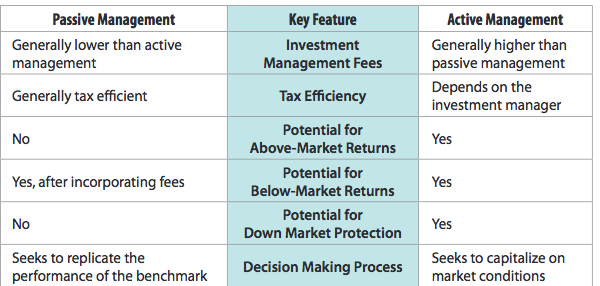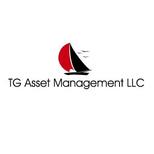If you spend any time reading Wall Street asset management literature or personal finance sites, you’ve doubtless run across the terms “active” and “passive” investment management.
These are widely used but often thinly understood concepts. On top of that, active and passive investor advisors are often framed as two hostile camps with diametrically opposed aims.
In fact, they really represent two different strategies of creating wealth and can often work in tandem.

Camrys and Maseratis
The usefulness of an active or passive approach often depends on the risk tolerance, time horizons and financial goals of the individual investor.
Just as there is a big difference between a practical family sedan like the Toyota Camry and a luxury sports car like a Maserati, investing strategies have different attributes and styles.
Practicality
Passive investment managers invest in broad sectors of the economy through asset classes or indexes. The aim is portfolio diversification and steady performance. It’s a no-frills approach but has some built-in advantages for investors.
Passive strategies often buy low-fee exchange-traded funds that replicate the broad universe or S&P 500 Index stocks or the fixed income market.
Because funds change their lineup infrequently, transaction costs and capital gains tax are minimized.
With a passive investment strategy, you don’t have to spend a big chunk of time researching individual stocks, so the fees tend to be lower as well.
High performance
Active strategies are overseen by investment professionals as the goal is to outperform the broader market in various asset classes.
Such managers spend a lot of time searching for attractive stocks, bonds, and mutual funds, thinking about market movements and placing leveraged bets on the future direction of securities and other investments.
Active managers come in all flavors.
Some favor fundamental stock analysis, while others focus on macro-economic trends or technical movements in the market.
While active managers generally charge higher fees and transaction costs, they can react to changing market events faster than passive managers.
In addition, specialized financial managers can provide expertise in markets where’s there’s less reliable market information, and more possibility to make a successful trade, such as emerging markets or global real estate investment trusts.
Active managers can minimize potential losses when a particular company or sector suddenly hits the wall or falls out of favor with investors.
And there’s also the possibility of enjoying above-average returns if the active investment managers is having a good year.

Hybrid approach
Both passive and active approaches can work for you depending on your individual circumstances.
The so-called core-satellite portfolio strategy actually employs both strategies simultaneously.
Some investors devote part of their portfolios to index funds, which offer lower cost, broader diversification, tax efficiency and lower volatility.
Another part of their wealth will be handed over to active managers with the potential for outperformance and the nimbleness to move quickly as market conditions change.
This is approach is kind of like owning both the family sedan and sports car.
The Camry (passive investing) rarely breaks down.
When the Maserati (active investors) is performing at peak performance, it can blow by other cars on the road.
So why not talk to your to your financial adviser about which approach is best for you.
Online financial sites offer plenty of passive and active investment offerings and can walk you through the pros and cons of every product.
Continued learning: Check how core-satellite portfolio can work for your portfolio



